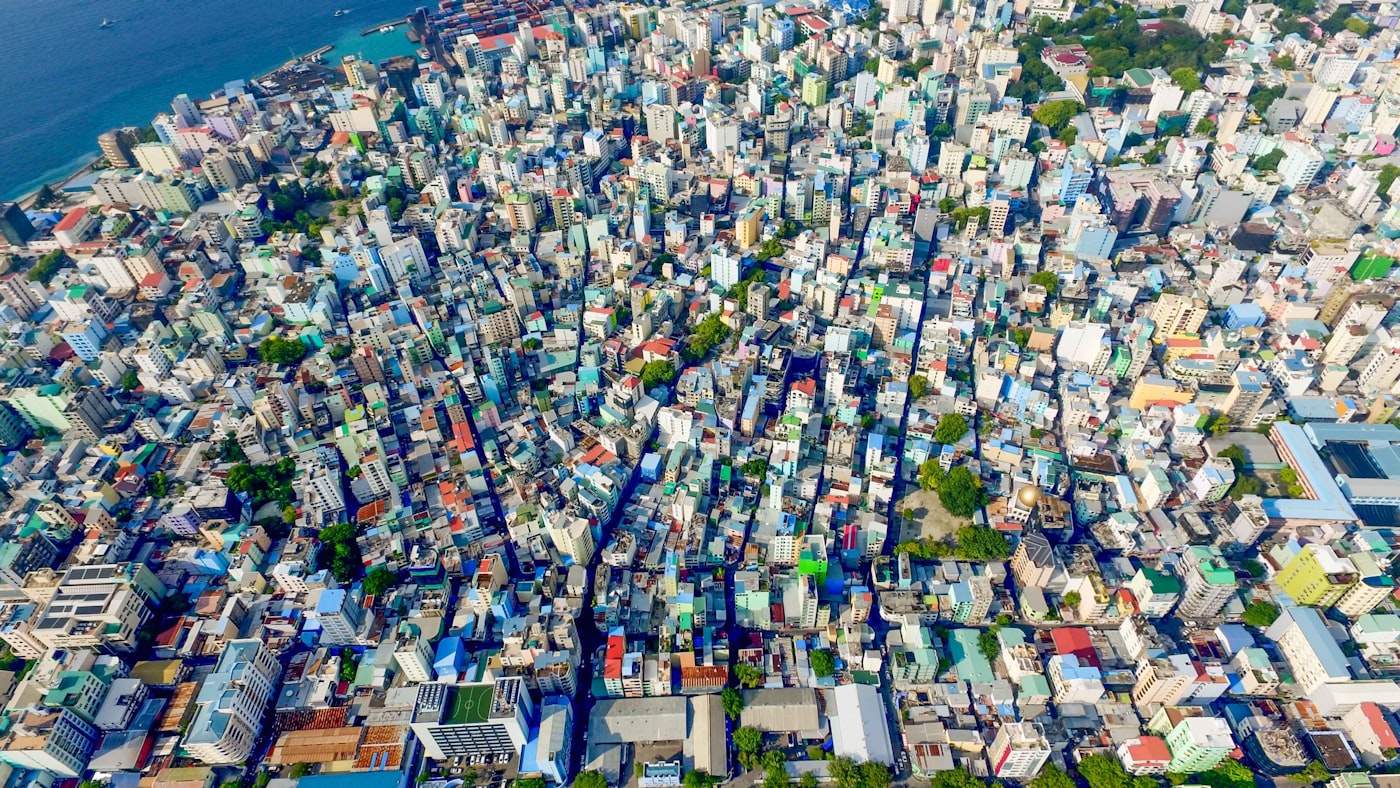NSW’s 2021 State of the Environment (SoE) report released this week confirms that population growth is “a significant driver of environmental impacts”, noted Sustainable Population Australia (SPA).
The SoE report reveals that land clearing has tripled in the past decade, forests and grasslands have deteriorated, and 62% of vegetation is under pressure from excessive fire. The number of species in New South Wales threatened with extinction has increased by 18 (to 1,043) in three years; bird populations are declining; freshwater fish are in poor condition; and 70% of plants, animals and habitats are under stress from invasive animals, pests and weeds.
SPA National President, Ms Jenny Goldie, says the main cause of species decline is habitat destruction.
“Humans are destroying forests and other native habitats for food, shelter and clothing,” says Ms Goldie. “Urban and agricultural expansion, especially in the most biodiverse parts of the country, means the loss of valuable habitat, even for iconic species such as the koala, which is now threatened.
“The report does not emphasize the role of population growth in the pressure exerted on the environment. This explains why it can be an important driver of environmental change:
In New South Wales, a growing population accompanied by increasing urbanization has led to increased demand for housing, land, energy, water, consumer products and transport services, and may increase the use of energy, water and resources, as well as the generation of waste and emissions.
“The NSW Government’s response to this is wholly unsatisfactory,” says Ms Goldie. “He says he has long-term plans to ‘ensure sustainable and resilient development with a balanced approach to the use of land and water resources, while improving the quality of life and protecting the natural environment.’
“Yet Prime Minister Perrottet is keen to return to high levels of population growth through an immigration program even higher than pre-Covid levels.
“He needs to read this SoE report and understand that it is impossible to have population growth and protect the environment, at least not without massive changes in consumption levels and behaviors, most of which would be politically impossible.
“In a democracy, he must also realize that a large majority now believe the costs of population growth far outweigh the benefits and that we don’t need more people.”

